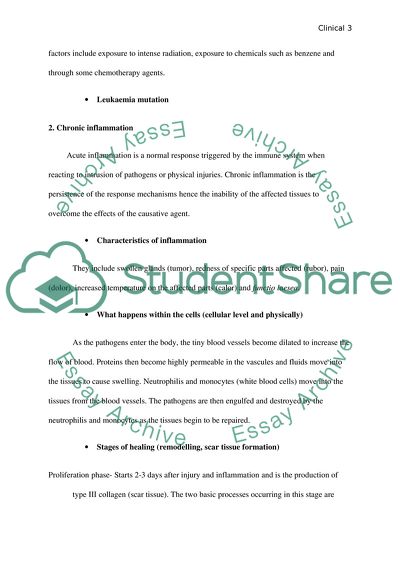Cite this document
(Chest Infection, Chronic Inflammation, and Atheroma Formation Assignment, n.d.)
Chest Infection, Chronic Inflammation, and Atheroma Formation Assignment. https://studentshare.org/health-sciences-medicine/1820276-clinical
Chest Infection, Chronic Inflammation, and Atheroma Formation Assignment. https://studentshare.org/health-sciences-medicine/1820276-clinical
(Chest Infection, Chronic Inflammation, and Atheroma Formation Assignment)
Chest Infection, Chronic Inflammation, and Atheroma Formation Assignment. https://studentshare.org/health-sciences-medicine/1820276-clinical.
Chest Infection, Chronic Inflammation, and Atheroma Formation Assignment. https://studentshare.org/health-sciences-medicine/1820276-clinical.
“Chest Infection, Chronic Inflammation, and Atheroma Formation Assignment”. https://studentshare.org/health-sciences-medicine/1820276-clinical.


